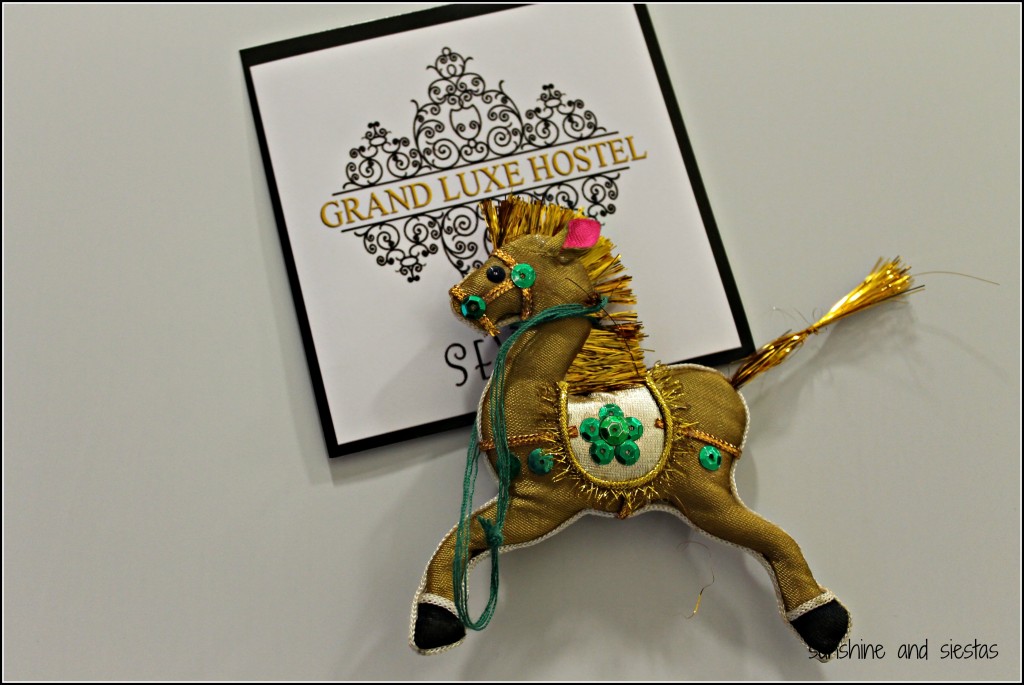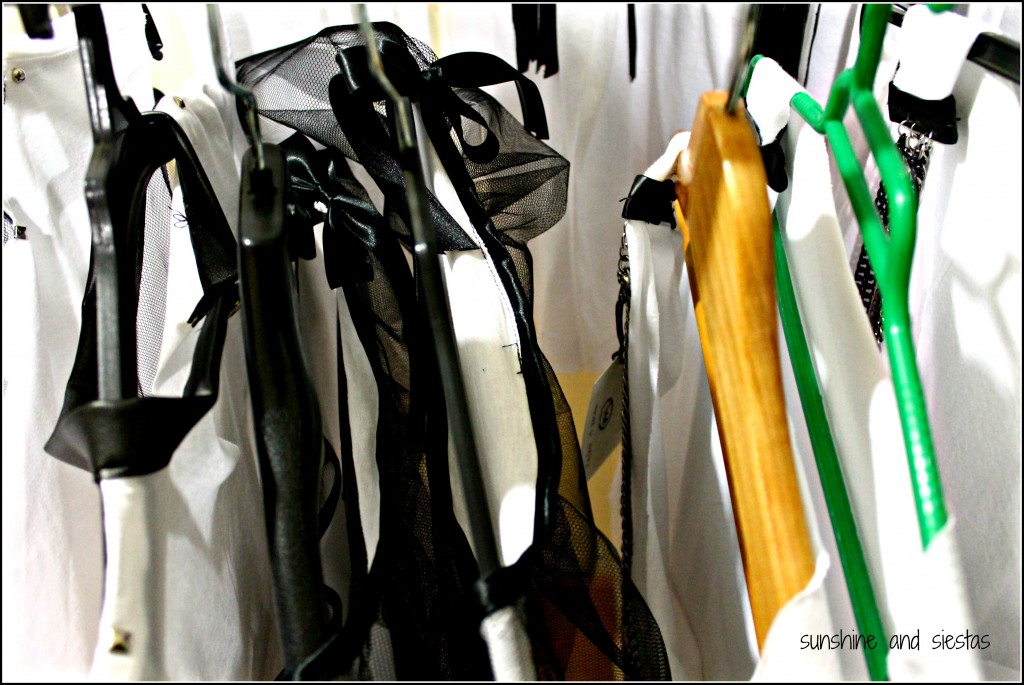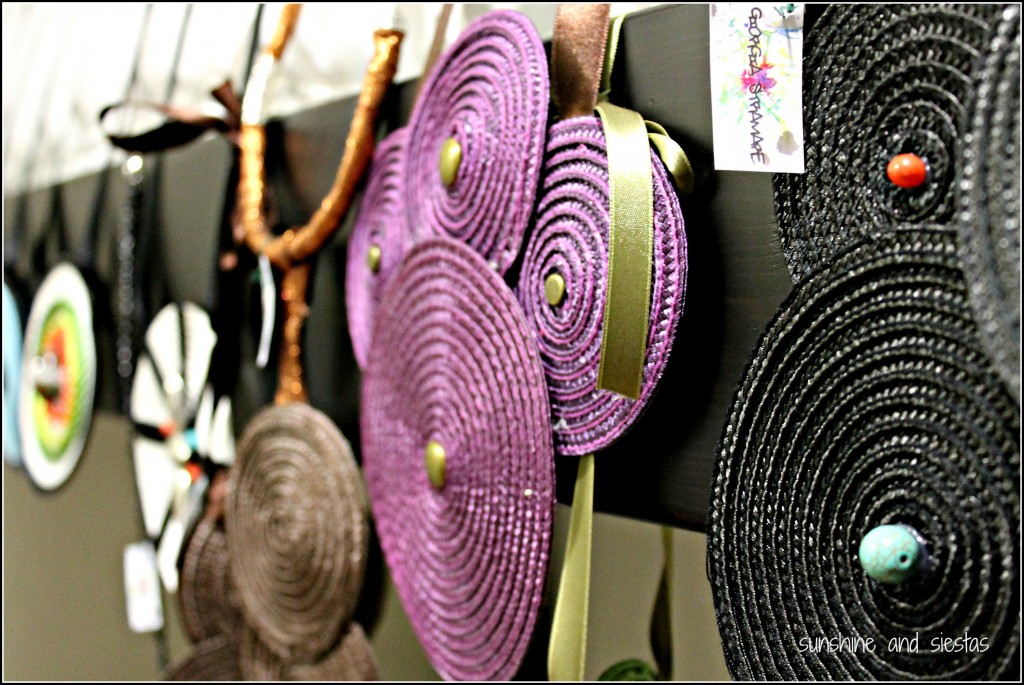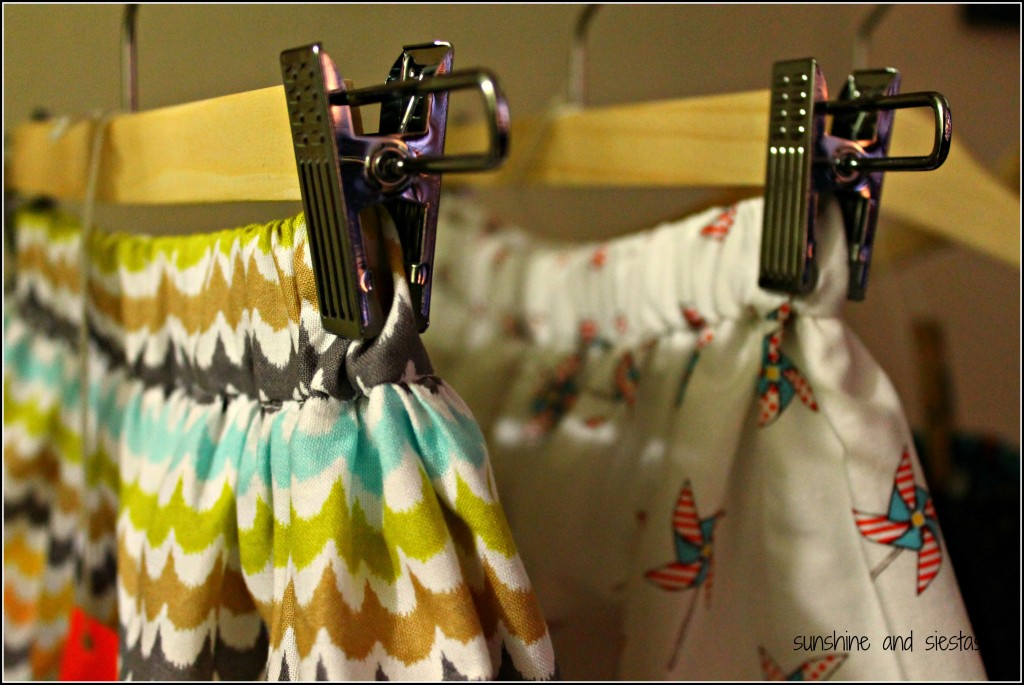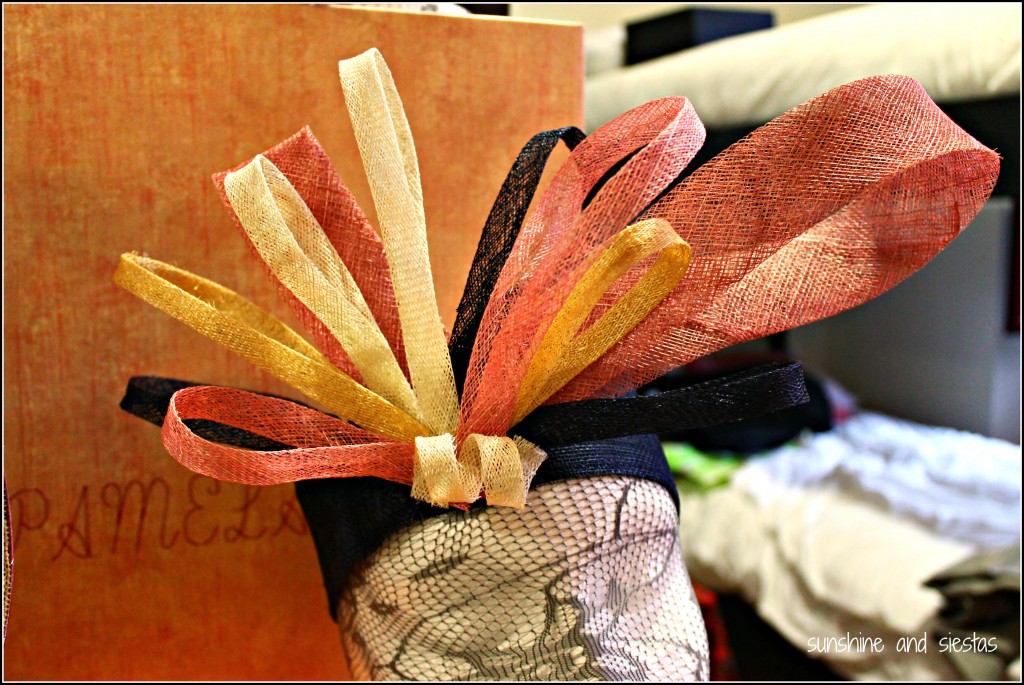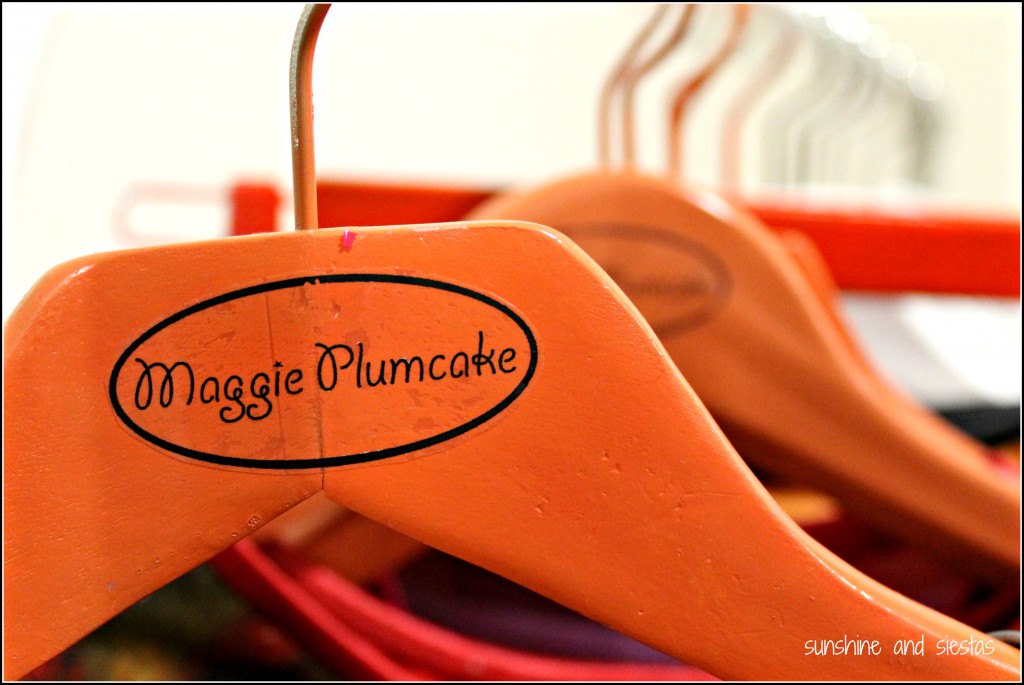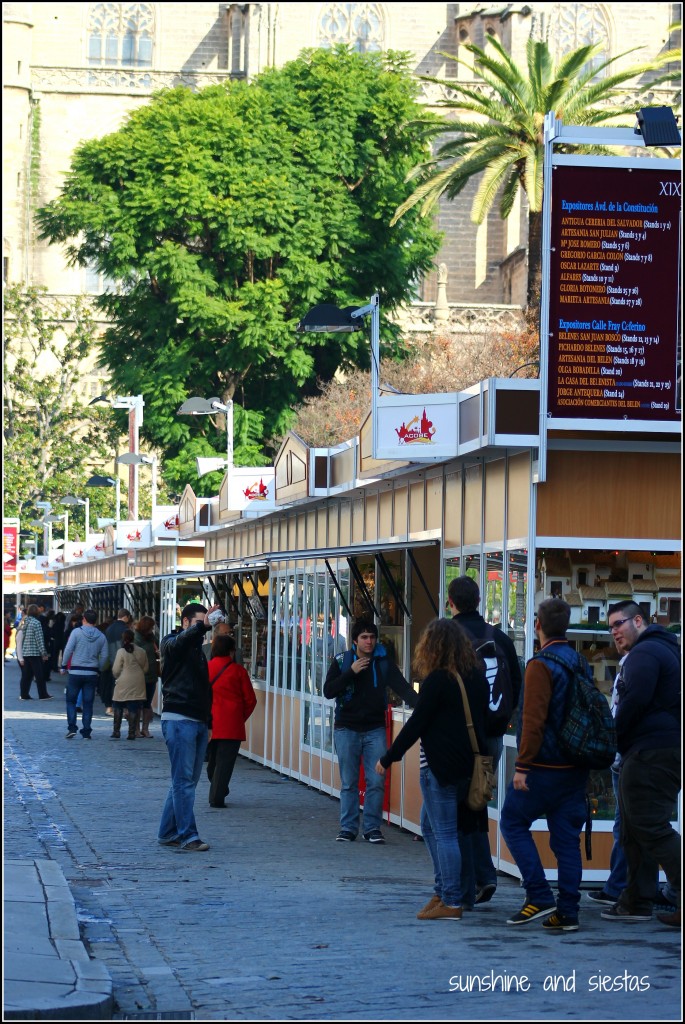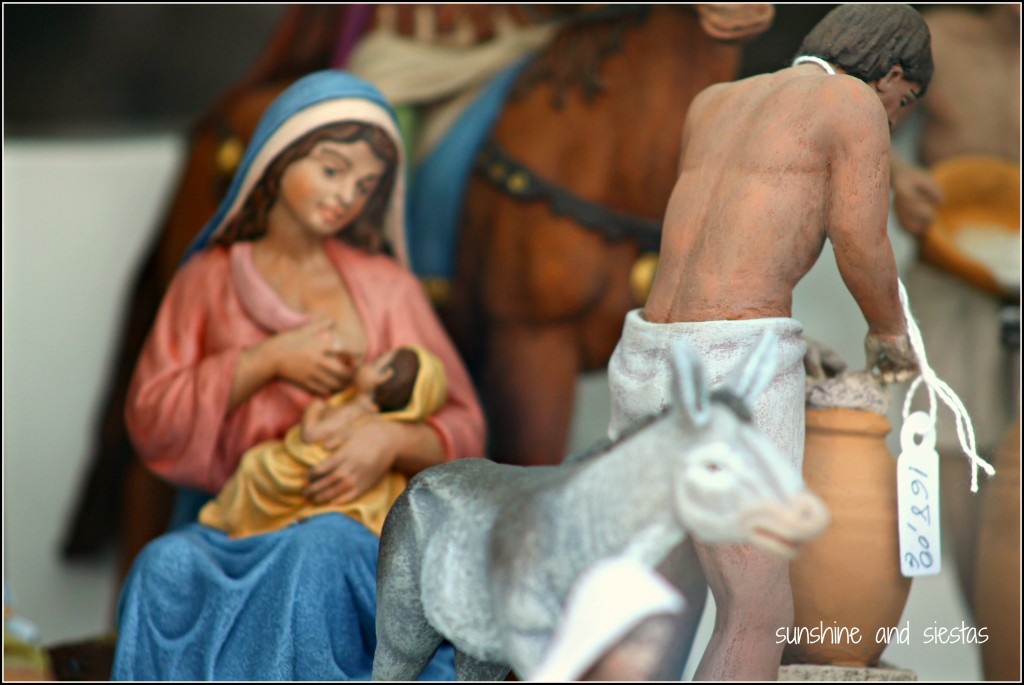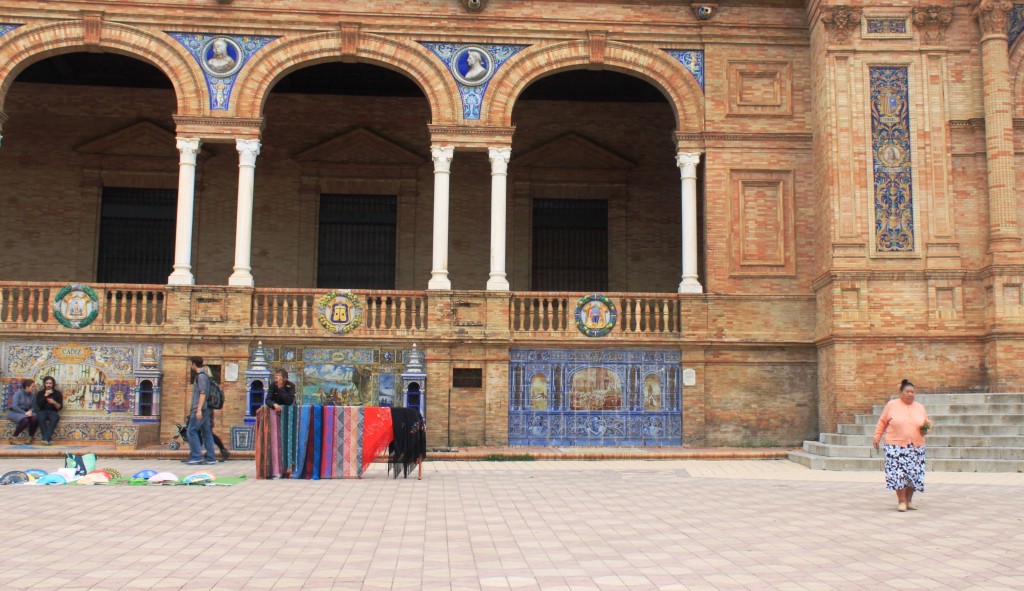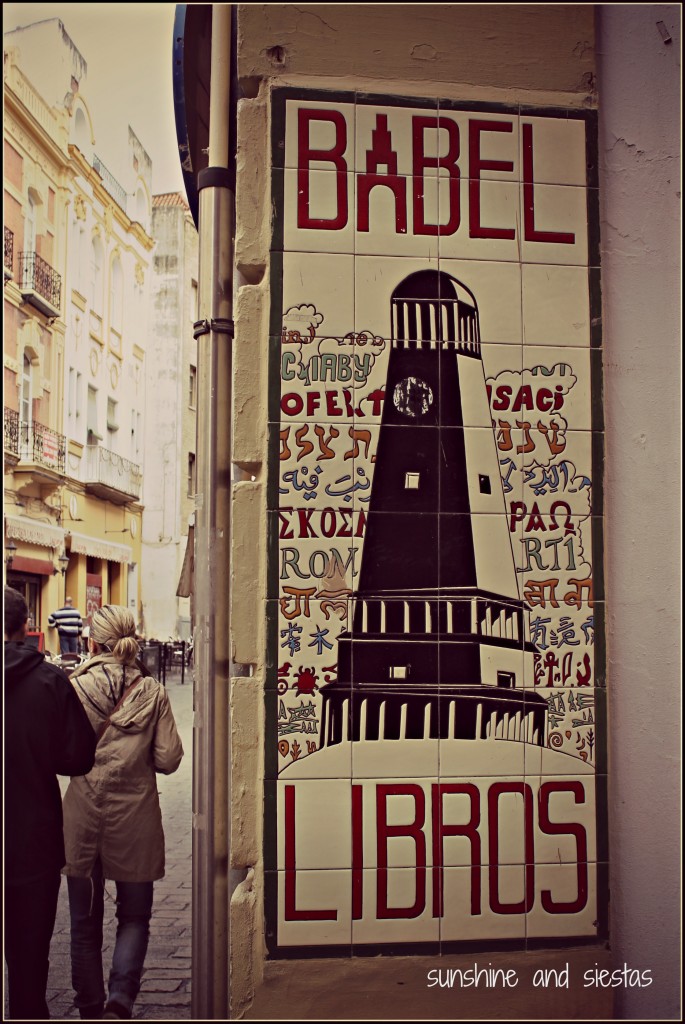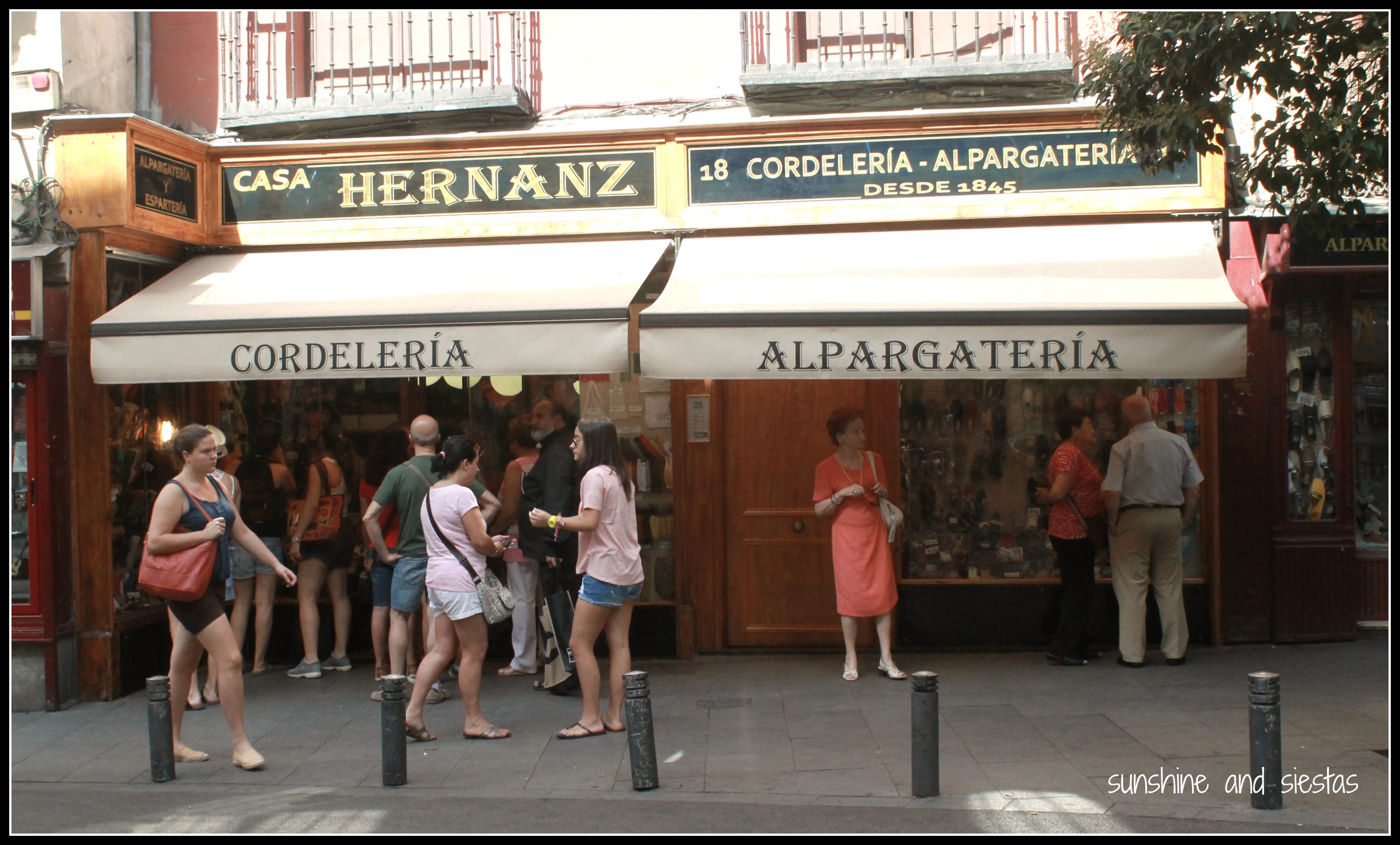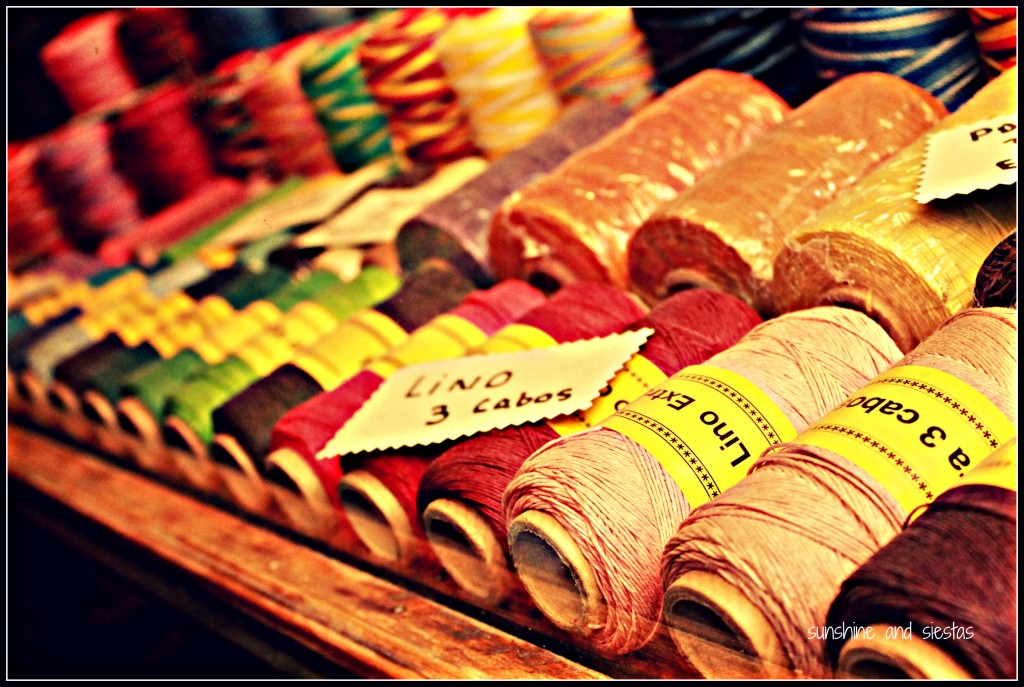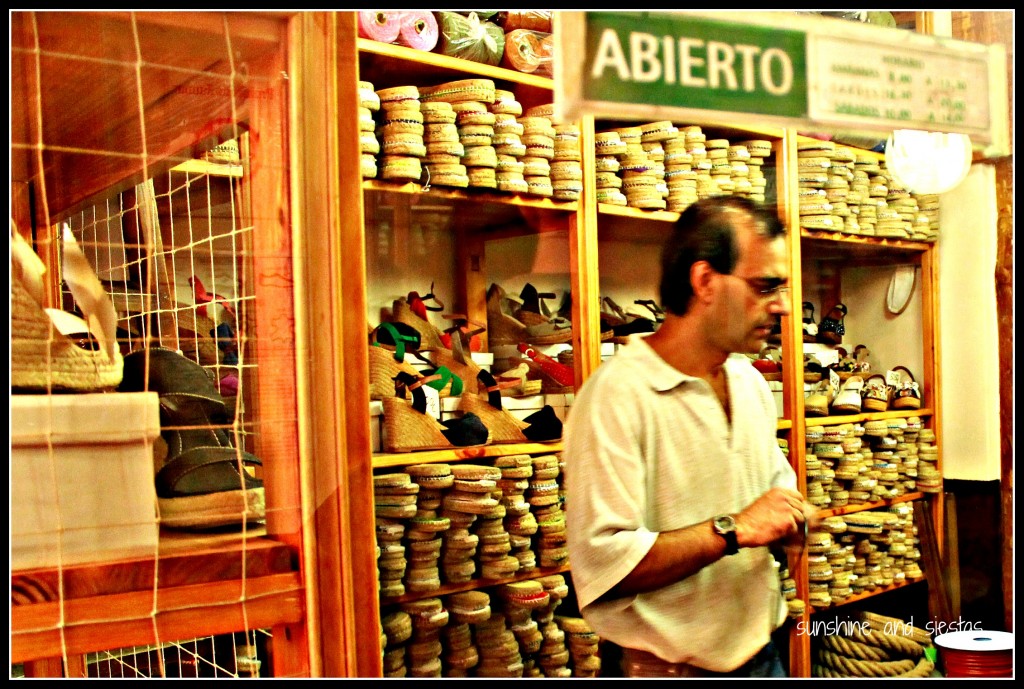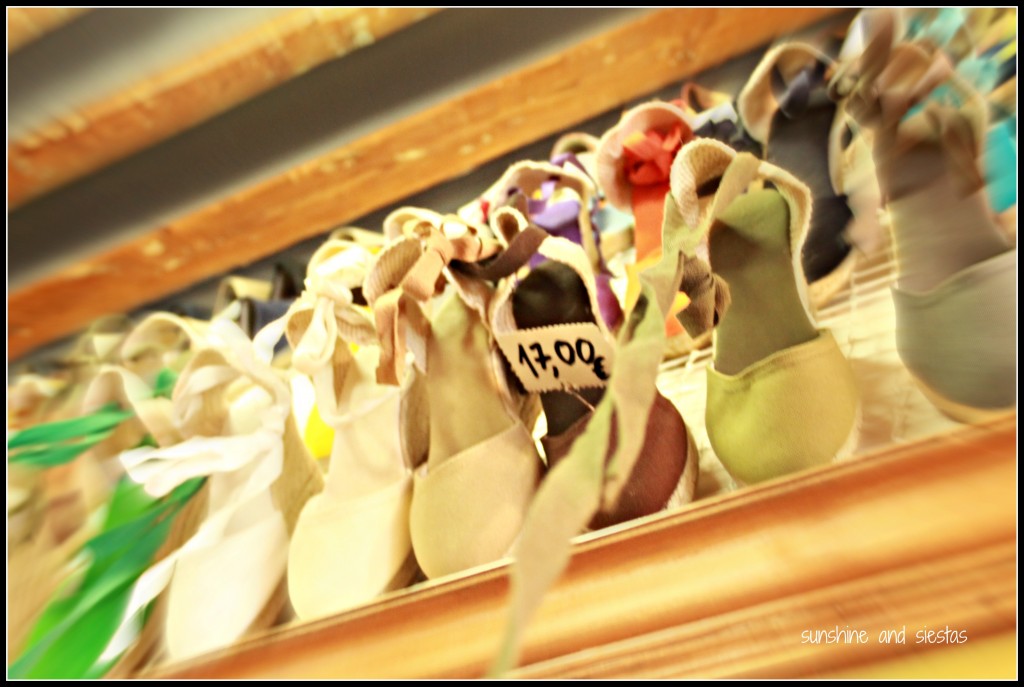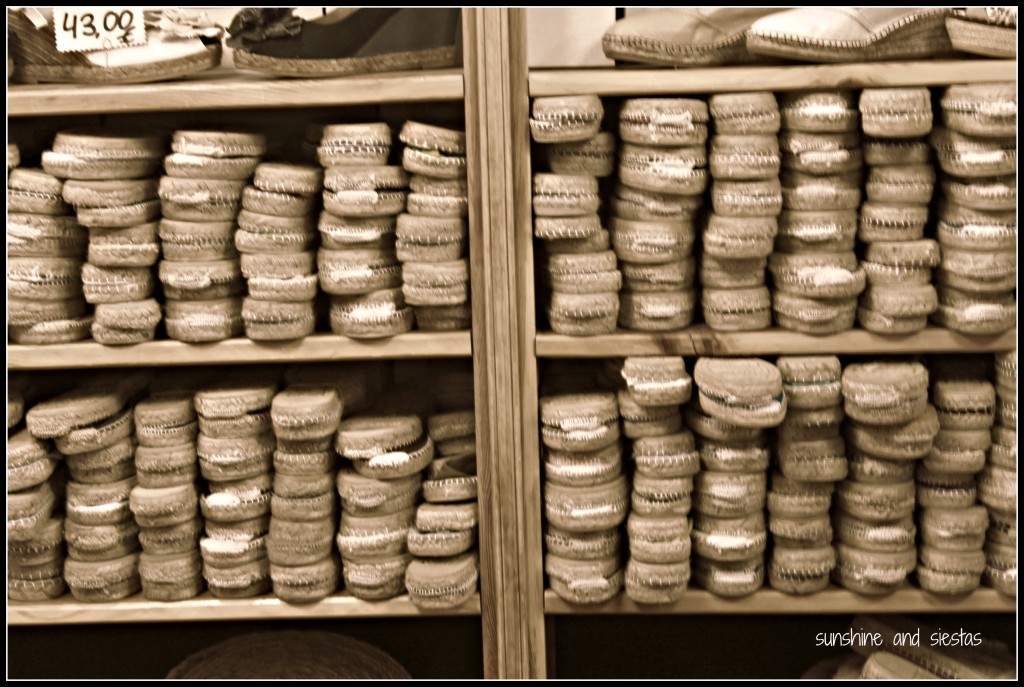When Seville’s Fine Arts College expanded its fashion design and merchandising department, young designers came to its catwalk and state-of-the-art new building to pursue fashion degrees that extend far beyond the flamenco dresses that have become synonymous with the city’s moda.
An explosion of boutiques, gastrobars and DIY fashion trends have made the Alfalfa neighborhood Seville’s In Place to create and sell, dubbed by the New York Times as Seville’s Sohos. Young entrepreneurs are peddling wares – from vintage to crochet – out of pop up shops around Calle Perez Galdos and Calle Regina. Sevilla tiene una moda especial.
When Kate of Kate Mariela invited me to attend the first annual Trendy Christmas at Grand Luxe Hostal, hosted in part with Sevilla Trendy, I jumped at the chance to browse for Christmas gifts and meet some of the young designers. Grand Luxe, just steps off Seville’s most famous sites, played host to the event, which ran on the 13th and 14th of December. As Kate requested, Camarón came along to document all of the cool stuff for sale and their fun, young designers.
In each of the hostel’s spacious rooms, designers set up everything from brooches to boots, headbands to hangars. No less than 15 young diseñadores were invited by Kate Mariela and Sevilla Trendy to show, and Kate herself ran two workshops on each day, allowing guests to create fun DIY gifts for Christmas. I got there early, able to introduce myself to some of the designers. I debated what to wear, got a manicure (a bad one, regardless) and still showed up looking a fright, but when it came down to it, the showers were gracious and more than willing to help me style everything from what I’m wearing to a civil wedding next weekend to new accessories for my flamenco dress.
Here’s a peek at what Seville’s young, fashion-forward minds have come up with for the season (not all designers are pictured because I wasn’t able to take photos in all of the rooms):
helena moral (winner of the 2012 award for up-and-coming fashion designer). @hemoral. moralhelena@gmail.com.
Giorgia Stramare. stramarefulvia@liberto.it
Motoreta. Children’s line (adorbs!) out this March. moreta@moreta.es
Tocados Victoria Eugenia. tocadosvictoriaeugenia@gmail.com
Maggie Plumcake. maggieplumcake@blogspot.com
Tocados Vanesa Aslan
What’s more, Kate offered four talleres for excellent Christmas gifts. From Christmas cookies to decorated napkins, I chose to make a simple bracelet with enough sheen and texture to dress up even jeans.
After checking out all of the rooms and chatting with designers, my mission was clear – to find a statement piece for my dress for Alvaro’s wedding. Thanks to Kate Mariela, I’ve had tons of inspiration lately. I spotted a snazzy black beaded necklace from Designs for M and tried it on. The gorgeous piece was the right price, and I was helping a local designer who looked to be younger than me do what it is she loves and get paid for it.
That’s what it’s all about isn’t it?
Looking for a place to stay in Seville? Grand Luxe Hostel offers premium accommodation with excellent services and Seville’s best terrace view. Just off the main tourist road, you can expect a pleasant stay with all of the amenities for a great price.
I was a gracious guest of Kate Mariela, Sevilla Trendy and Grande Luxe Hostel, but all opinions expressed are my own. You can check out photos from the event by following the hashtag #trendyXmas, or follow the sponsors of Trendy Xmas: @katemariela @grandluxehostal @sevillatrendy.
